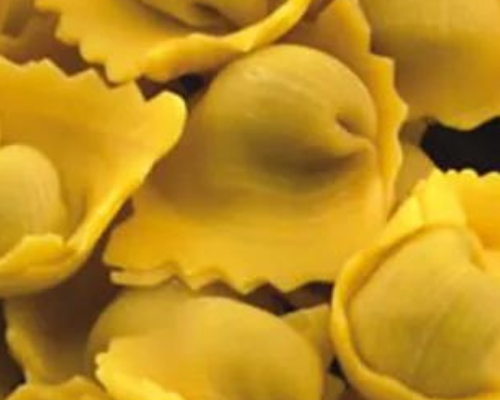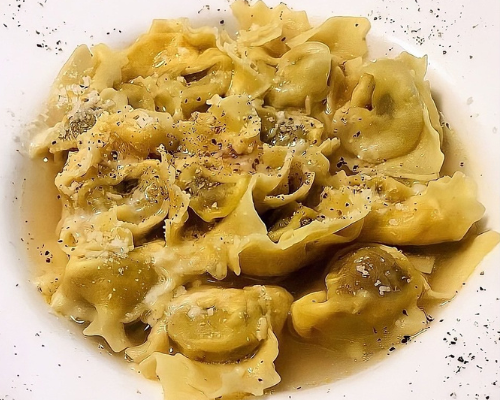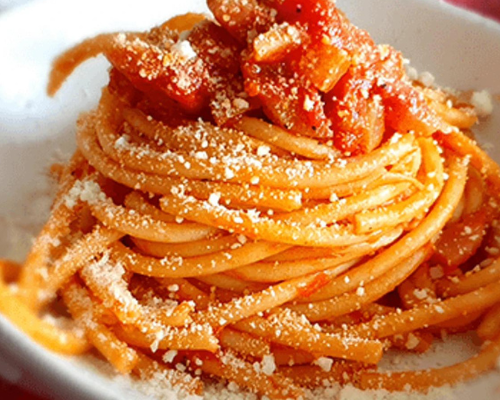Origins and Historical Significance
Ragù alla Bolognese, commonly known as Bolognese sauce, is a revered Italian classic with a rich history dating back to the city of Bologna in the Emilia-Romagna region. Its origins trace back to the late 18th century, where it was first crafted by skilled chefs to showcase the culinary heritage of the region. This sauce emerged as a symbol of Bologna’s gastronomic prowess, blending local ingredients with culinary finesse.
Heritage and Tradition
The heritage of Ragù alla Bolognese reflects the essence of Italian cooking – simple, hearty, and full of flavor. Traditionally, the sauce features a slow-cooked medley of finely chopped onions, carrots, celery, ground meat (typically a combination of beef and pork), tomatoes, wine, and a hint of milk or cream. This slow simmering process allows the flavors to meld, resulting in a luscious, savory sauce.
Development and Adaptations
Over the years, Ragù alla Bolognese has undergone various adaptations while remaining true to its roots. Some modern versions may include pancetta, chicken liver, or even porcini mushrooms to enhance depth of flavor. However, the fundamental principles of slow cooking and layering flavors remain unchanged. These adaptations showcase the versatility of Bolognese sauce, making it adaptable to different palates and preferences.
Variants and Regional Influences
Regional variations of Ragù alla Bolognese abound across Italy, each adding a unique twist to the classic recipe. In Bologna, the sauce is traditionally served with Tagliatelle—a wide, flat pasta that beautifully captures the rich sauce. In other regions, such as Emilia-Romagna and Tuscany, you might find it paired with Rigatoni or Pappardelle, each Pasta Shape offering a delightful marriage of texture and taste.
Popular Pairings and Modern Appeal
Bolognese sauce’s popularity extends far beyond Italy’s borders, becoming a beloved staple in kitchens worldwide. Its versatility makes it a perfect companion for various Pasta Shapes, including Spaghetti, Penne, and Fusilli. Beyond Pasta, Ragù alla Bolognese can elevate dishes like Lasagna, stuffed Cannelloni, or even served simply over creamy Polenta.
Legacy and Culinary Excellence
In conclusion, Ragù alla Bolognese stands as a testament to Italian culinary excellence – a dish that embodies tradition, flavor, and warmth. Its enduring legacy continues to inspire chefs and home cooks alike, inviting creativity and exploration in the kitchen. Whether enjoyed in its classic form or with innovative adaptations, Bolognese sauce remains a cherished symbol of Italy’s gastronomic heritage.
Indulge in the timeless elegance of Ragù alla Bolognese, and savor the flavors of a culinary masterpiece that transcends generations and borders. Celebrate the art of Italian cooking with each delicious bite—a tribute to the rich history and heritage of Bologna’s beloved sauce.
- 250 gram Beef minced
- 250 gram Pork minced
- 50 gram Pancetta finely chopped, optional
- 1 piece Onion finely chopped
- 1 piece Carrot finely chopped
- 1 piece Celery Stalk finely chopped
- 2 piece Garlic Cloves finely minced
- 200 ml White Wine dry
- 500 ml Tomato Passata
- 200 ml Milk fresh or UHT
- 50 gram Butter unsalted
- 50 ml Olive Oil Extra Virgin
- t.t Sea Salt
- t.t Black Pepper coarsely ground
- t.t Nutmeg freshly grated
- t.t Parmigiano Reggiano grated for serving
In a large saucepan or Dutch oven, heat the butter and olive oil over medium heat.
Add the onion, carrot, celery, and garlic. Sauté until softened and lightly golden.
Increase the heat to medium-high. Add the minced beef, pork, and pancetta (if using) to the pan.
Cook, stirring frequently, until the meat is browned and any liquid has evaporated.
Pour in the white wine and cook until most of the liquid has evaporated, about 2-3 minutes.
Stir in the passata (strained tomatoes) and season with salt and pepper to taste.
Bring the sauce to a gentle simmer, then reduce the heat to low. Cover partially with a lid and let it simmer for at least 2 hours, stirring occasionally. Add water if needed to maintain a saucy consistency.
Pour in the whole milk and stir to combine. Continue simmering for an additional 30 minutes to 1 hour, until the sauce has thickened and the flavors have melded.
Season the ragù with freshly grated nutmeg (if using) and adjust salt and pepper to taste.
Meanwhile, cook the pasta in a large pot of salted boiling water according to package instructions until al dente. Reserve a cup of pasta cooking water.
Drain the cooked pasta and add it to the ragù alla Bolognese. Toss well to coat the pasta evenly with the sauce.
If the sauce seems too thick, add a splash of reserved pasta cooking water to loosen it.
Serve immediately, garnished with freshly grated Parmesan cheese if desired.






